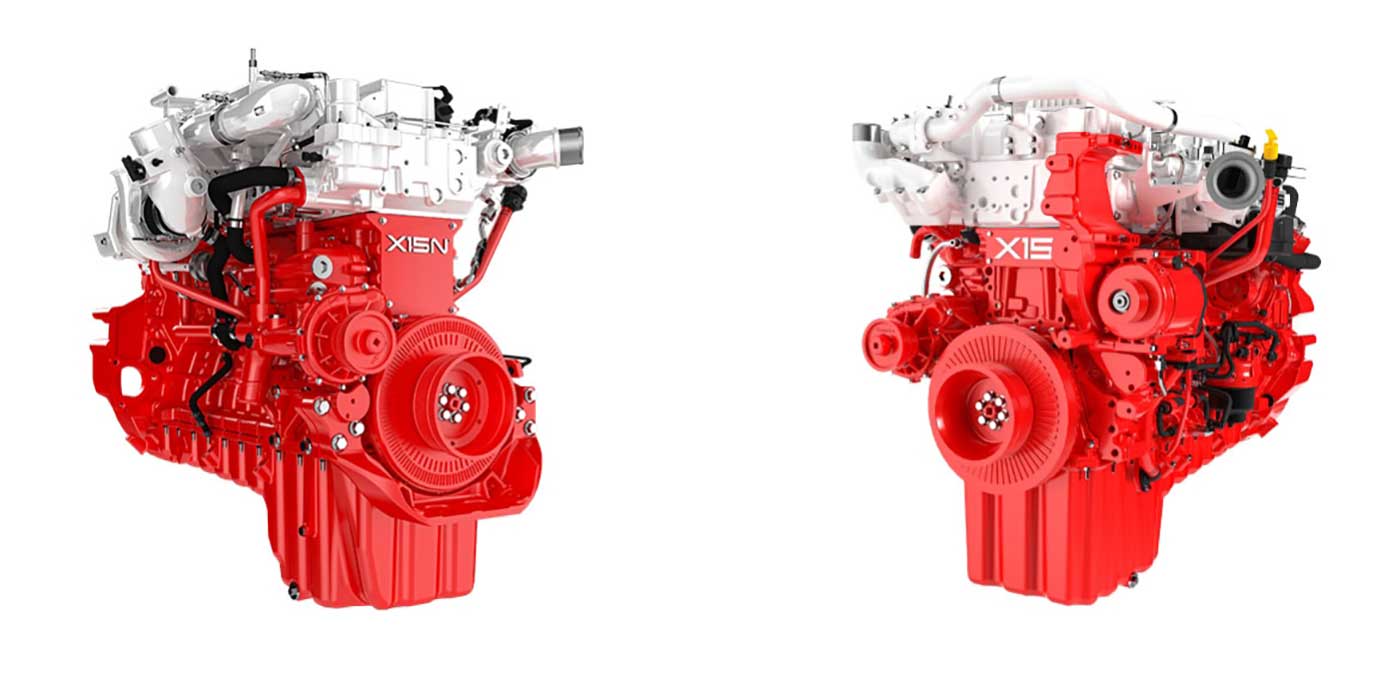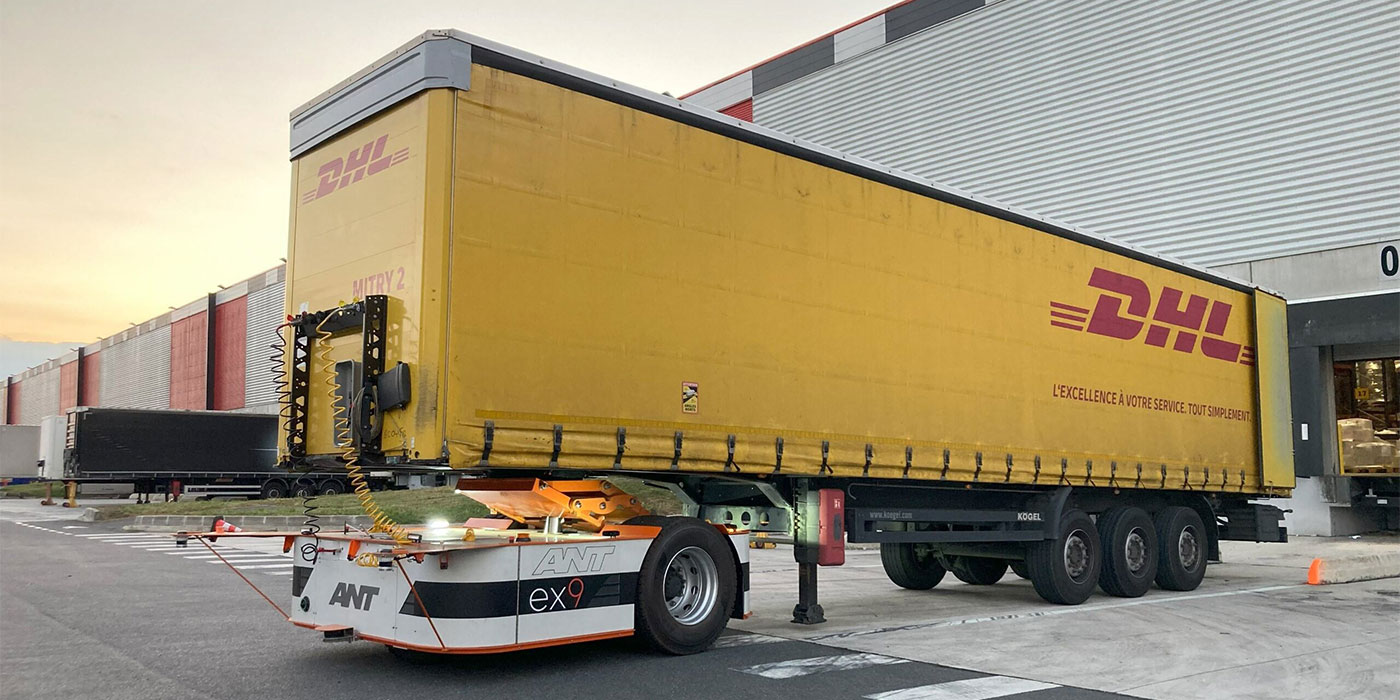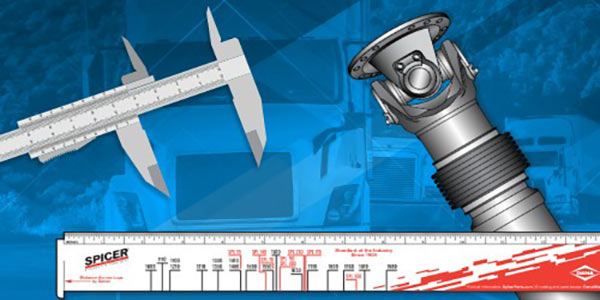Let’s be honest, everyone is at a different stage in their digitization journey. While the distance between a completely manual processes and being fully predictive may seem great, there are plenty of stepping stones along the way that can increase your operation’s efficiency, accuracy and cost savings.
Just a few years ago, predictive supply chains seemed out of reach because the data wasn’t available. Now, with loads of accessible information at our fingertips, supply chain leaders are better positioned to start building more predictive supply chains. So, what’s standing in the way of widespread tech implementation?
In a recent survey with ABI Research and HERE Technologies, 31% of survey respondents said their biggest barrier to tech implementation was knowing where to start and 39% said their biggest challenge was identifying the right partners or suppliers.
In other words, there’s a lot of hesitancy and confusion when it comes to digitization. That’s why we’ve put together a list of five important factors to consider before starting your journey toward a more predictive supply chain.
1. Identify areas of improvement
Before you can fully embrace a predictive supply chain, you’ll first have to identify any weak areas within your operations. In our survey, supply chain leaders ranked their current fleet and supply chain challenges as follows:
1. Prompt service/delivery issues: 55%
2. Costs: 54%
3. Operational/staffing complexities: 49%
4. Workflow automation: 47%
5. Accurate analytics: 46%
6. End-to-end visibility: 40%
7. Predictive analytics: 35%
8. Stakeholder collaboration: 33%
2. Pinpoint your data gaps and silos
Be sure to have the full picture. When it comes to data, it’s important to understand what’s going on within your operations and what you do or don’t have access to. Is there a lack of transparency anywhere? Are there data gaps and is your data useable?
3. Consider the larger tech stack:
There are off-the-shelf solutions and software that can easily integrate into your larger tech stack. Whether the problem areas include visibility, ETA accuracy, driver onboarding and safety, warehouse optimization and middle- and last-mile efficiency there are ready-made solutions that can be the plug-and-play answers you’re looking for.
4. Test implementation
The testing process for a new solution will largely depend on the area of the business you’re trying to improve. If you or your company manage first-, middle- or last-mile deliveries, the testing stage could look something like this:
- Use sample data to model concepts (tours, spend, etc.) against the actual completed tours to see optimization potential
- Test conversion of job data from an order management system to ensure that all necessary data is being properly included
5. Implementation
Using the same fleet scenario, after testing is complete, this is what the implementation process would look like:
1. Step one: Define depot and fleet locations
2. Step two: Register drivers and dispatchers for user-friendly tools (eg, app, navigation)
3. Step three: Import job data
4. Step four: Optimize and dispatch tours
5. Step five: Complete tours via the guidance and delivery confirmation in the driver app
6. Step six: Review completed tours via the analytics dashboard
To see how logistics leaders are using location technology to build better software and predictive supply chains, visit here.com/logistics.















